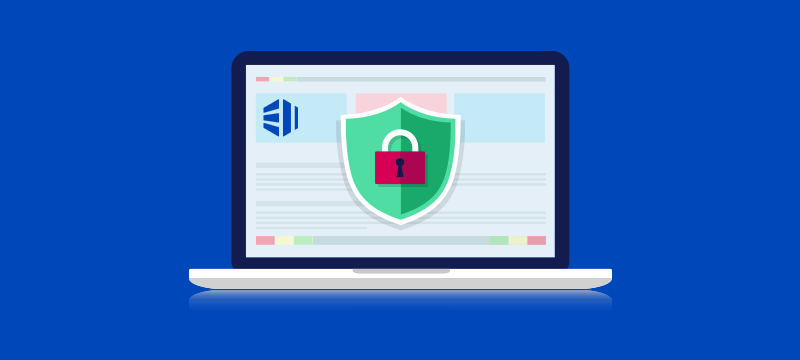Your domain name is one of your company’s most important and valuable assets. If you lose control of it by letting registration elapse, or through fraud or hacking, then you can lose all your website traffic, something that may have taken years to build up. At the same time, anyone who visits your domain expecting to find your business will land on a different website. In the worst-case scenario, this could be a malicious site, even one that is a copy of yours but which steals from your customers. To prevent this from happening, it is important to keep your domain names secure. Here are some tips to help you do this.
- Auto-renew your domains
One of the easiest ways to lose control of a domain is not to renew registration. If this happens, then it will become available for registration by anyone else. If someone else does register it, it could be impossible for you to get it back as they will have the right to renew for as long as they want.
They will also benefit from the reputation of the domain name, the traffic your website gets and how well it ranks on search engines. The easiest way to prevent your registration from lapsing is to turn on autorenewals in your client area, so you don’t need to handle the process manually. This way, when renewal is due, it will take place automatically.
You’ll also get an email reminder when renewal is due, letting you know the cost and the renewal period (one or two years), and you’ll also be notified when the renewal has taken place. One thing that can prevent autorenewal, is if your payment details are out of date.
If you have a new payment card or bank account and have not changed the information on your hosting account, then you might not be able to pay the renewal fee. Make sure these are up to date and for double assurance, use more than one payment method if you have the option.
- Keep your domains and hosting together
If you have multiple domains with different registrars or have your web hosting and domain registration with different companies, it can be difficult to keep track of where your domains are or when they need renewing. This makes it easy for a renewal or out of date payment method to go unnoticed. To make managing your domains and payments easier, the best solution is to transfer them all to the same registrar and this, ideally, should be the company you use as your web host. This way, everything can be managed from the same location.
- Ensure contact details are kept up to date
ICANN, the authority responsible for administering domain registration, requires contact details to be kept up to date and you will get occasional reminders asking you to check these. It is important that both ICANN and your domain registrar have contact details as it enables you to be contacted quickly if there are problems with renewal or suspicious activity.
- Lock your domain
For added protection, you should be able to lock your domain in your control panel or client area. This is useful as it can prevent cybercriminals from transferring your domain to a different registrar or nameserver. If your nameserver is changed, for example, visitors who click on a link to your domain will be taken to a completely different website, perhaps, as mentioned above, a clone of your site which has been purposely created to defraud them.
- Keep your domain details private
By default, the details of who has registered a website are publicly listed and published on the WHOIS database. There have been incidents when cybercriminals have attempted to use these details to steal domains or cause other problems for the owners. At eukhost, we now offer the optional Domain ID Protect service which hides these details on WHOIS so no one can see them.
- Use two-factor authentication
Cybercriminals wanting to steal your domain or change your nameserver will need to gain access to the accounts on which you manage them. It is vital, therefore, that you protect your client area, control panel and website login with strong usernames and passwords and, for double assurance, two-factor authentication. Usernames and passwords on their own can be cracked using sophisticated tools; however, with two-factor authentication, the hacker would also need to have access to an additional, short-lived passcode sent to your mobile phone.
- Don’t fall prey to phishing
Hackers can find it easy to discover your company’s email addresses and the name of your web hosting company. They will use this information to target people within your organisation with phishing emails that pretend, sometimes convincingly, to come from your web host. The emails will often say there is a problem with your hosting and ask you to log in to your account to resolve it.
The link provided on these emails, however, will take you to a fake site from where your login credentials will be stolen. It is always best to log in to your account by searching for it on the internet rather than clicking on a link in an email. However, even with stolen login credentials, a hacker couldn’t access an account protected by two-factor authentication without also having the code on your mobile phone.
Conclusion
Losing control of a domain can have devastating consequences for a business, so you must protect them as robustly as possible. Hopefully, the seven tips mentioned here will ensure that you address any issues you may have with keeping your domain names secure.
If you are looking to buy domain name with a secure web host, visit our official website.


